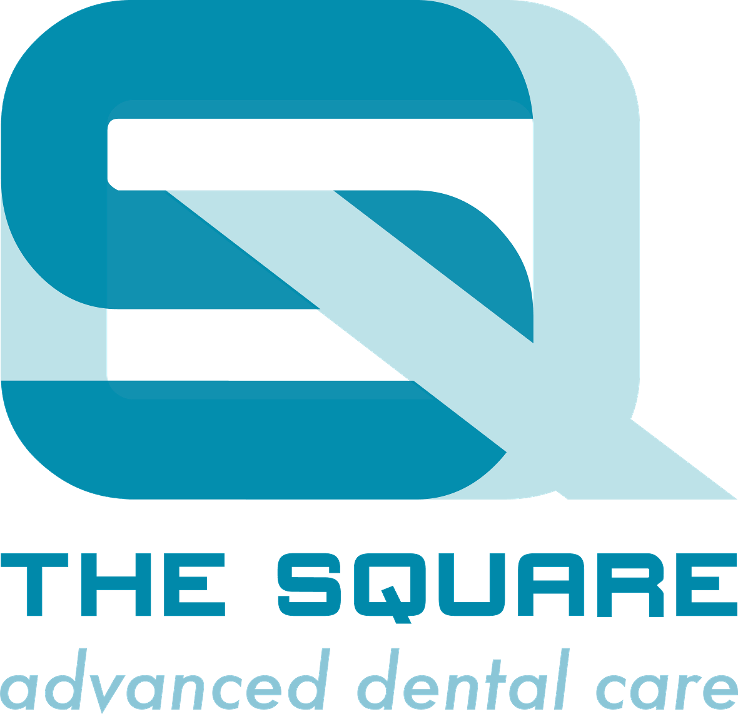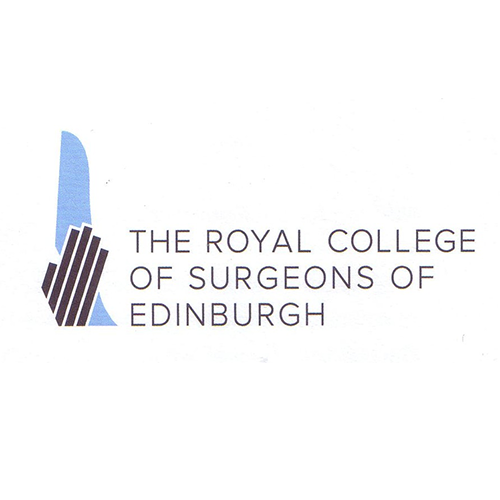One-stage implant
The implant is placed into a new, healing or healed extraction site (where the original tooth has been removed from) and is visible above the gum immediately after placement. The advantage of this method is that a second surgical stage is not necessary to expose the implant. The implant will not normally be ready to support a tooth for several weeks or months
Two-stage implant
The implant is placed into a new, healing or healed extraction site and then covered by a layer of gum, so that it cannot be seen-this is the first stage. At the second stage some weeks or months later, the implant is uncovered, and components added brining it above the gum ready to begin placing a new tooth.
Same day Implants
This technique is most often used to treat the lower jaw and requires considerable planning before the actual day of surgery. Several implants are installed and a few hours later a complete arch of temporary or permanent teeth can be fixed in place. If temporary teeth are used these will normally be replaced with a permanent bridge after a suitable healing interval. Not all patients are suitable for this style of treatment
Immediate Implant
For this technique a tooth is removed, and an implant placed immediate into the extraction site. Depending upon the local bone and soft tissue conditions, the implant surgery may be a one-stage or two-stage procedure. Not all patients are suitable for this approach.
Immediate implant and early loading
This is distinctly different from an immediate implant placement. It is effectively a one-stage technique where the implant is placed into a new, healing or healed extraction site and is fitted with a new tooth at the same appointed. This first tooth will normally be kept out of direct contact with opposing teeth for a healing period of more than three months, after which is finally restored. This technique tends to be more common in regions of the mouth where optimum aesthetics are important. Again, not all patients are suitable for this approach.


















